|
"Since middle-class Western women can best be weakened psychologically now that we are stronger materially, the beauty myth, as it has resurfaced in the last generation, has had to draw on more technological sophistication and reactionary fervor than ever before. The modern arsenal of the myth is a dissemination of millions of images of the current ideal... It is summoned out of political fear on the part of male-dominated institutions threatened by women's freedom, and it exploits female guilt and apprehension about our own liberation -- latent fears that we might be going too far.” “Why does the social order feel the need to defend itself by evading the fact of real women, our faces and voices and bodies, and reducing the meaning of women to these formulaic and endlessly reproduced "beautiful" images? Though unconscious personal anxieties can be a powerful force in the creation of a vital lie, economic necessity practically guarantees it. An economy that depends on slavery needs to promote images of slaves that "justify" the institution of slavery. Western economies are absolutely dependent now on the continued underpayment of women. An ideology that makes women feel "worth less" was urgently needed to counteract the way feminism had begun to make us feel worth more. This does not require a conspiracy; merely an atmosphere. The contemporary economy depends right now on the representation of women within the beauty myth.” "The Beauty Myth" by Naomi Wolf >> read a few more citations here * * * How Does Photoshop affect Women's Personal Body Image? * * * via Medium "The bedroom is one of the few spaces in which adolescents are able to compose their lives. Often it is the only room in their environment where they are able to bring their own evolving sense of self to bear on choices of decoration and the objects that are meaningful in their lives... Teenagers' bedrooms are a rich site of information about teen values, aspirations, activities, and identities... [Adolescents] are creative, active individuals who design and construct themselves by making meaning out of the worlds they inhabit..." >> Kit Grauer, University of British Colombia, "Teenagers and Their Bedrooms" via Visual Arts Research, Vol. 28, No. 2 (2002), pp. 86-93. Adrienne Salinger"Salinger’s 1995 photography series “Teenagers in Their Bedrooms” sees American minors proudly manning their personal, parents-free shrines: their bedrooms. Over a period of two years, Salinger photographed 43 strangers she met in restaurants and shopping malls, primarily in upstate New York, asking them to pose in their respective private quarters. With every square inch plastered with paraphernalia—posters of heavy metal bands, punk show flyers, Thrasher magazine covers, and stacks of stuffed animals—the rooms reflect the coming of age of ’90s teens, preserving a way of life that is a far cry from the behaviors of the iPhone-wielding, Pokémon Go-chasing millennial." >> via Artsy. She published a book about this project called "In My Room" in 1995. Her personal website is here. Barbara Peacock"After enjoying a successful commercial photography career and raising a family, photographer Barbara Peacock is embarking on an incredible journey into the bedrooms of average Americans. With American Bedroom, she is taking an intimate—and anthropological—look at the most personal of spaces, asking friends, family, and strangers to open themselves up to her candid photographs. Inspired by the work of documentary photographer Walker Evans, Peacock captures the small idiosyncrasies that make up the fabric of the American public. Not posed or prodded, her subjects make themselves vulnerable, allowing her to document a wide range of emotions—from childhood joy to intense loneliness." >> via My Modern Met Her personal website is here (proceed with caution). John Thackwray"In 2010, South African-born photographer John Thackwray began a journey across the globe with his series titled My Room Project. By setting up a camera on the ceiling of each participant’s bedroom, he captures the intimate details of their most private spaces and then interviews them about their lifestyles and cultures. The photographic series, which initially began with friends in Paris, has spanned thousands of rooms in over 55 countries, from Teheran and Tokyo to New York and Nepal." >> via My Modern Met "The traveling photographer has snapped portraits for his My Room Project in 1,200 intimate bedroom settings around the globe, from the heart of New York City to poor neighborhoods in Nairobi." >> via Huffington Post The official website is here. Mary Ellen MarkMary Ellen Mark was an American photographer known for her photojournalism, documentary photography, portraiture, and advertising photography. She photographed people who were "away from mainstream society and toward its more interesting, often troubled fringes." >> more info here. Her website is here. Nan GoldinWhen Nan Goldin looks at the photographs that defined her career, she recites a little prayer to herself: "Send love to each person that’s dead.” For 30 years, her subjects have been those closest to her: Transsexuals, cross-dressers, drug users, lovers, all people she befriended when she moved to New York after her sister’s suicide, a succession of foster homes and struggles with parents she rejected as conformists. They lived in what mainstream critics would coldly call the “margins of society,” and many died during the AIDS epidemic of the 1980s. “They were family, a community,” she said. “And now most people are dead.” >> via The New York Times. "Amanda crying on my bed, Berlin 1992"
The term "Glitch" comes from the German "Glitschen," which means "to slip." "Glitch art starts conversations that traditional art forms can’t really access, just by the nature of how it's created. How much do we control our technology, and how much does it control us? Can technology ever transcend the imperfection inherent in its human creators? What does it mean if we can reclaim the “errors” in our computers, phones, and cameras and repurpose them as our tools? The essence of glitch art is pretty simple: humans subject themselves to technology and exert control over it to a greater or lesser extent to produce a piece of artwork that is a product of both the creator’s intention and the device’s whims. There are themes inherent in this medium, then: morbidity and destruction next to growth and regeneration, conflicts between control and unpredictability, disassembling and re-appropriating the systems that surround us, technological chaos versus human balance — or vice versa." "In her article Patchwork Hedrons, Lana Polansky explains glitch art's roots in Dada and punk ideologies with regards to the “repurposing and deliberate corruption of materials, impropriety, declarations of radicalism” and the “systemic dismantling” achieved through art." -Mallika Roy, for The Periphery, 2014 Len Lye, "A Colour Box" 1935 Nam June Paik, "TV Magnet" 1965 David Szauder, "Failed Memories" series, 2008 Kon Trubkovich, "Leap Second" 2015 Mathieu St-Pierre, "Dog on a Couch" 2017 Cory Arcangel, "Super Mario Clouds" 2002 UCNV, "Turpentine" short film, 2017 UCNV + Nukeme, Kaihouku's Fashion Design Showcase - B A S I C I N S T R U C T I O N S - 1. Drag a .jpg image to your desktop. 2. Rename the file extension from ".jpg" to ".txt" 3. Double click the new .txt file, and it will open in TextEdit. 4. Minimize the TextEdit window. 5. Rename the file extension back to .jpg on your desktop. 6. Open the .jpg in Preview by double-clicking the image. 7. Reopen the minimized TextEdit window (This sequence will allow you to manipulate the code while watching your image change. This will save you a lot of time re-naming and re-opening your files). 8. Manipulate the code. Copy, paste, delate, add, etc, etc, etc. Avoid the upper 1/8 of the code, as that will corrupt the image file. 9. Take screenshots! (Shift+Command+4) READINGS + RESOURCES: >> GLITCH STUDIES MANIFESTO << The Punctum as Glitch, via Digicult GLITCH ART, wikipedia "It's not a bug, it's a feature: the rise of glitch art" by the Gaurdian. Understanding the Glitch Art Movement, by the Periphery A Beautiful love story between two glitch art Twitter Bots Glitch Blankets on Kickstarter 8 GLITCH ARTISTS *IMAGE GLITCH TOOL* These resources from the KHAN ACADEMY are really helpful.
These videos featuring contemporary photographers, produced by MoMA, are really great.
|
Here are some of my pedagogical musings, dabblings, wonderings and wanderings. Categories
All
|
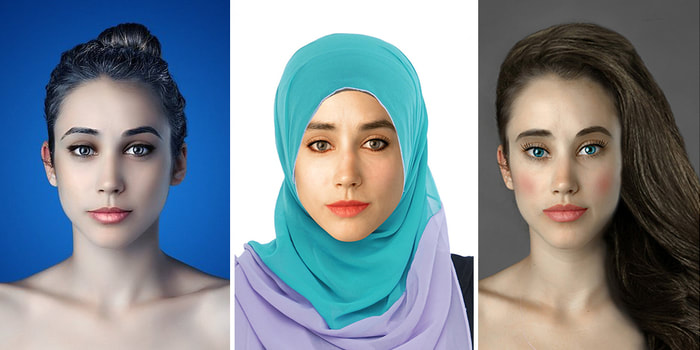
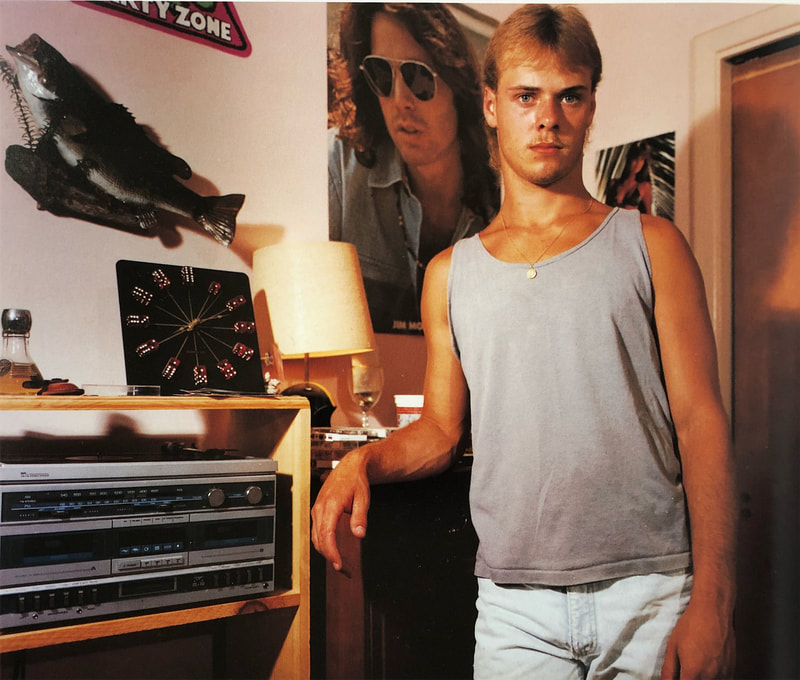
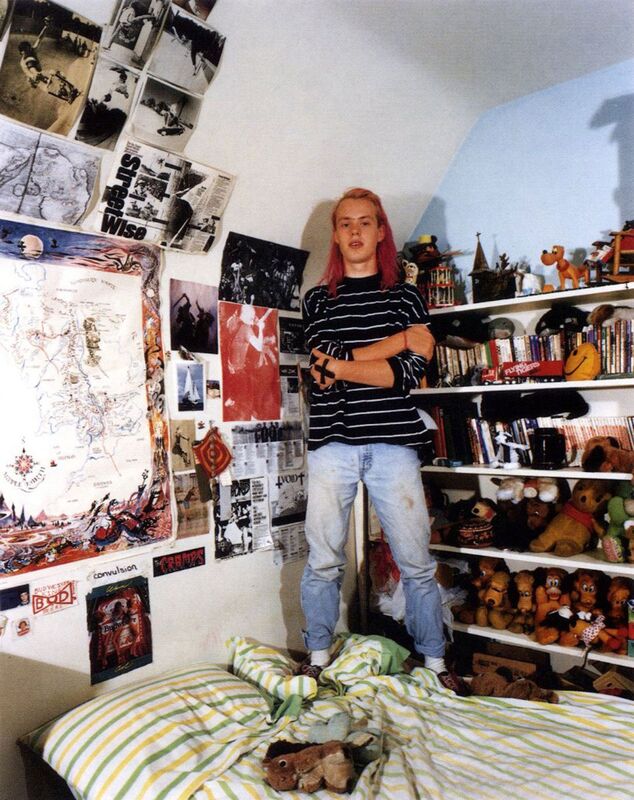
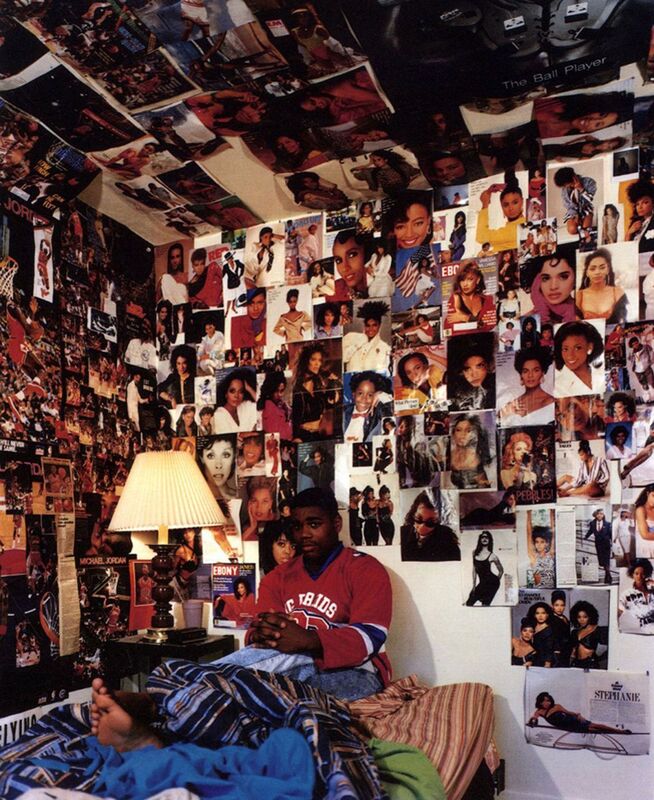
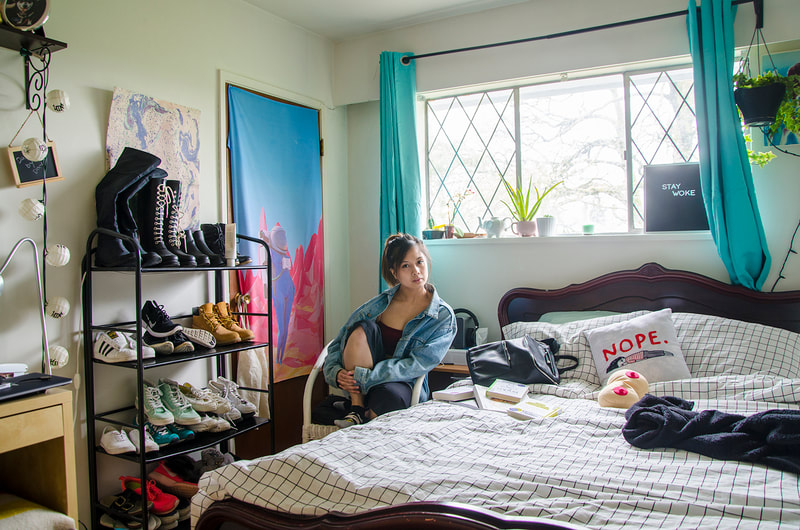
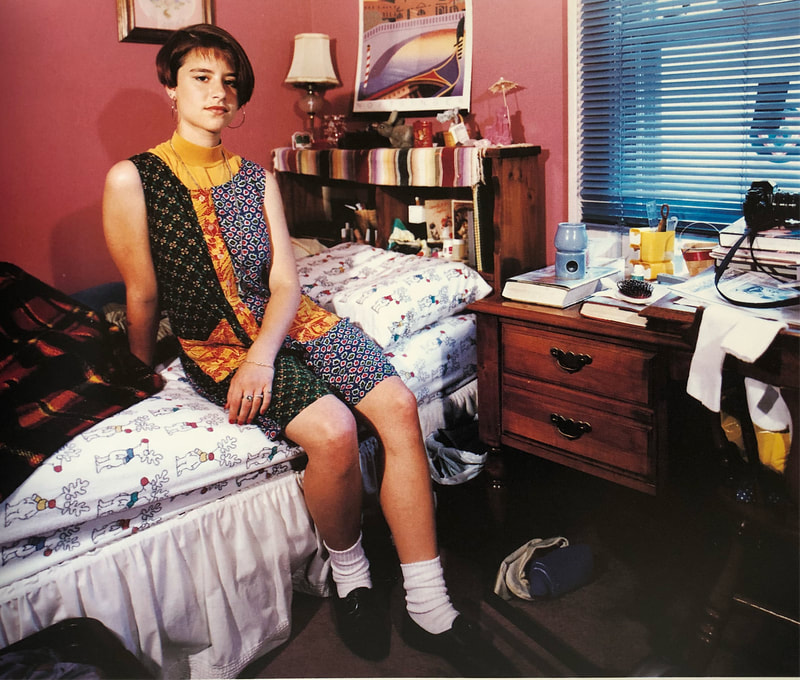

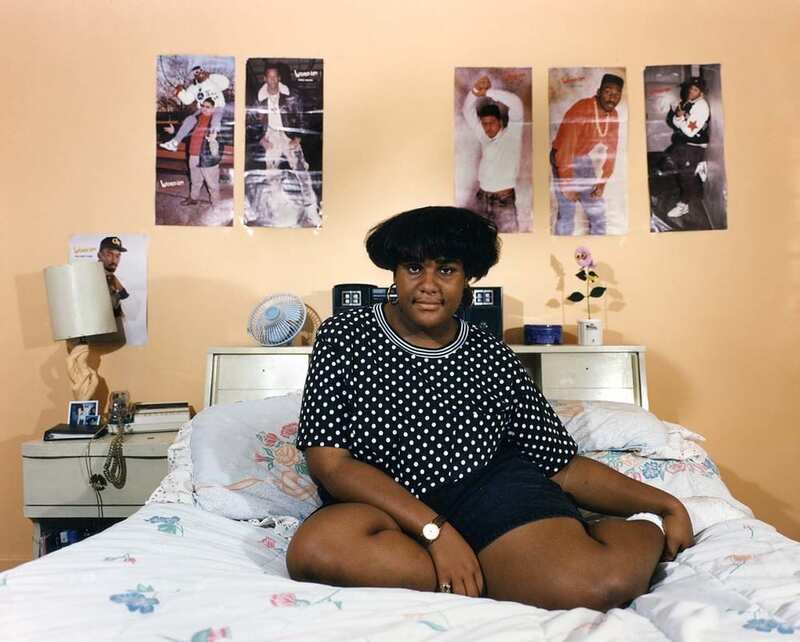
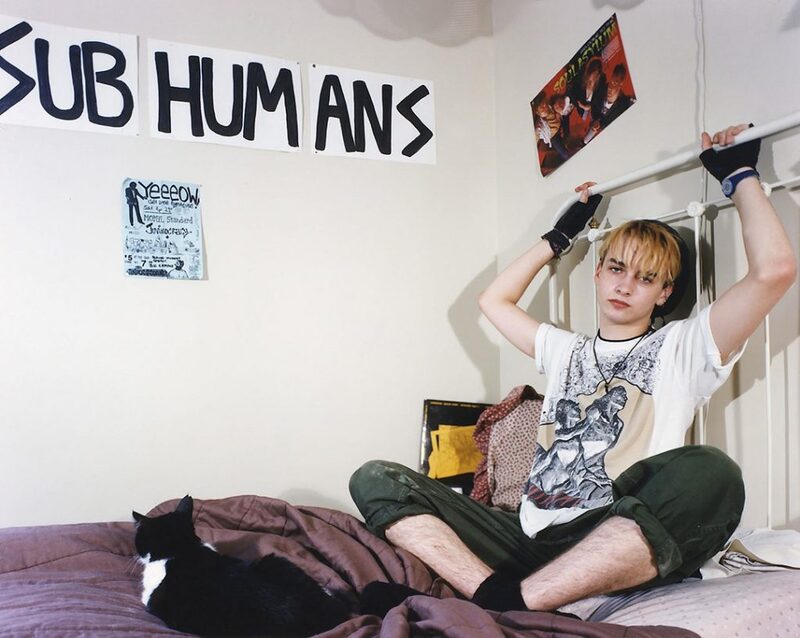
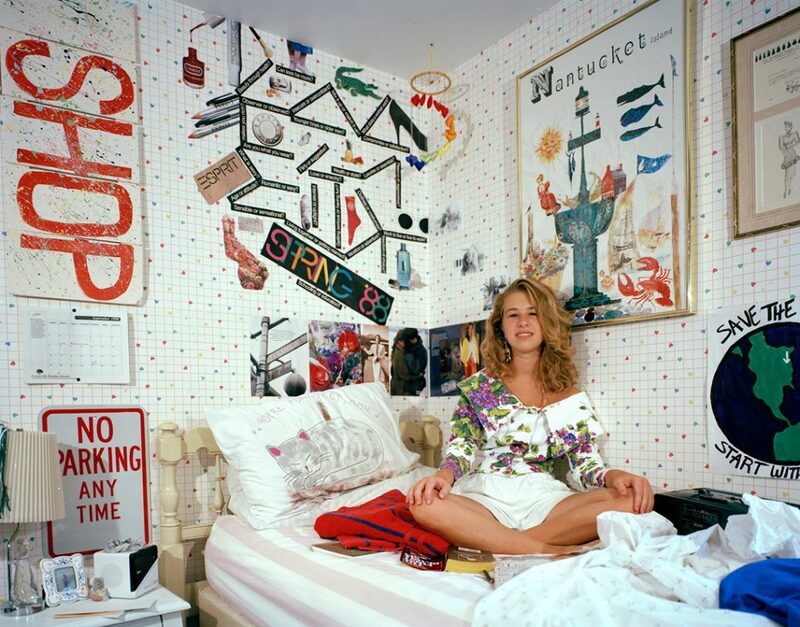
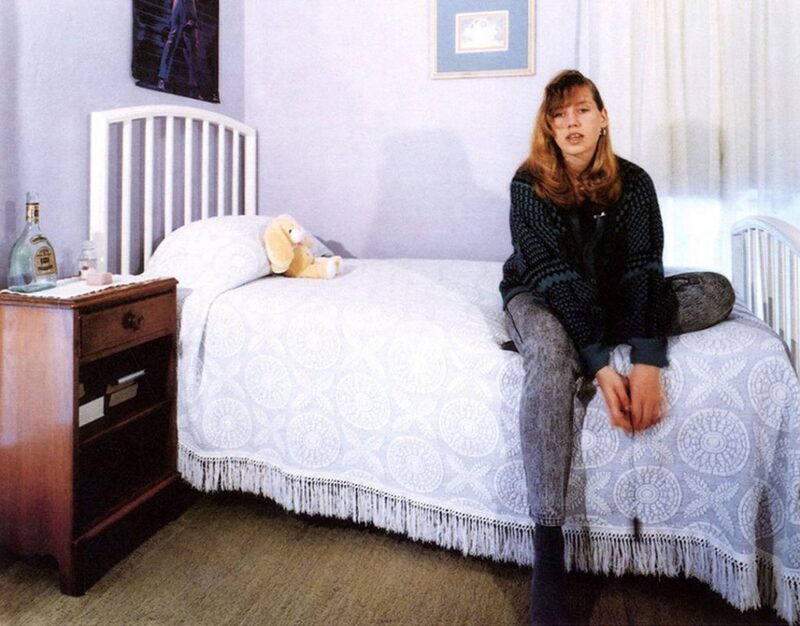
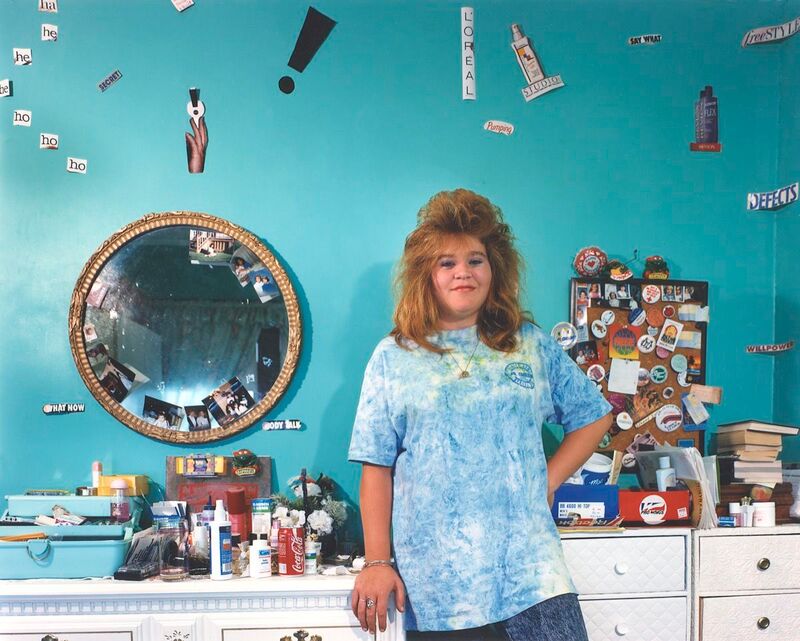
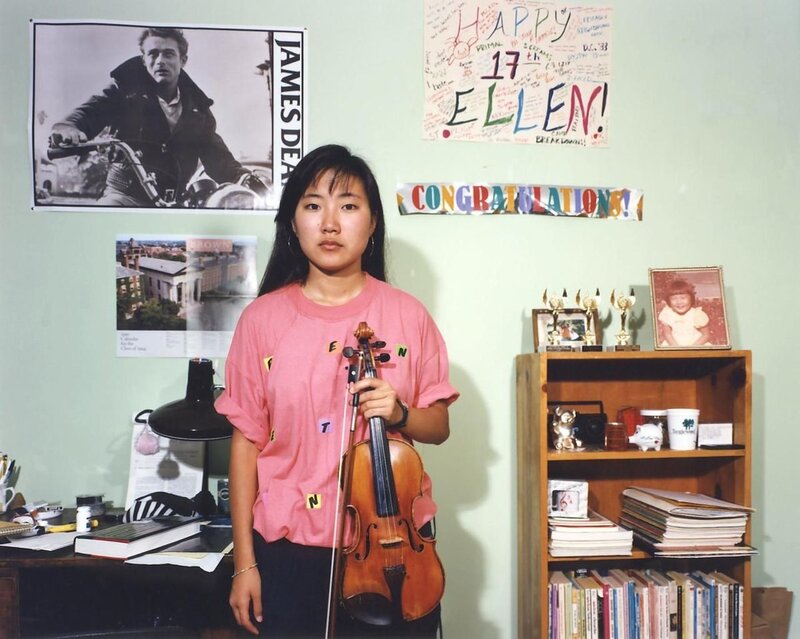
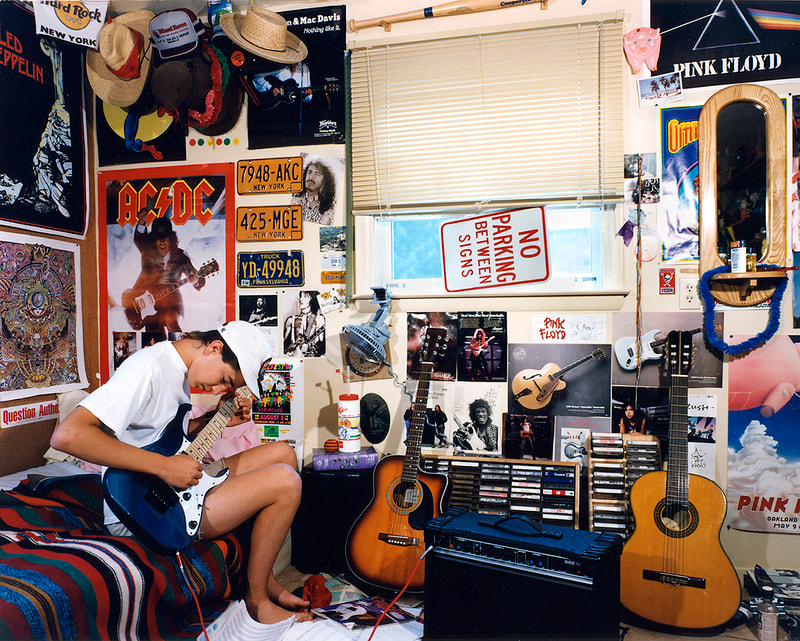

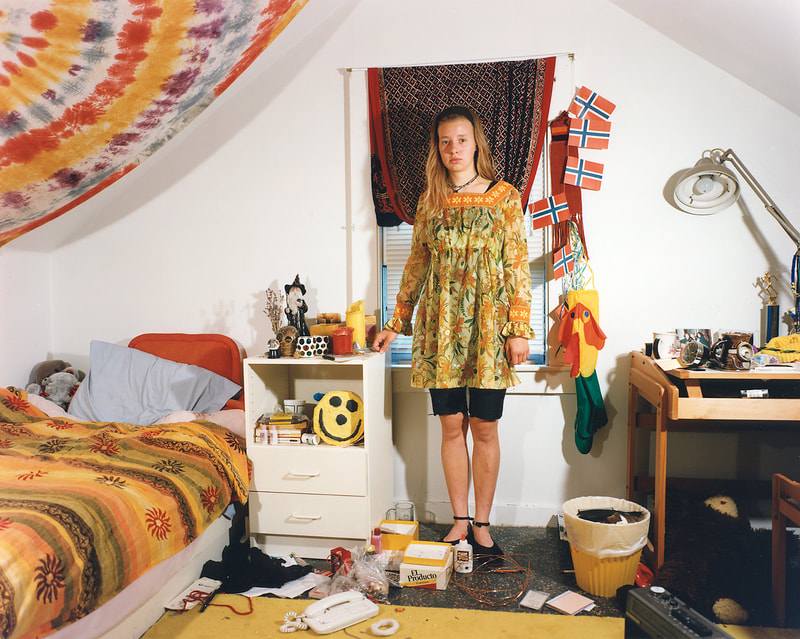
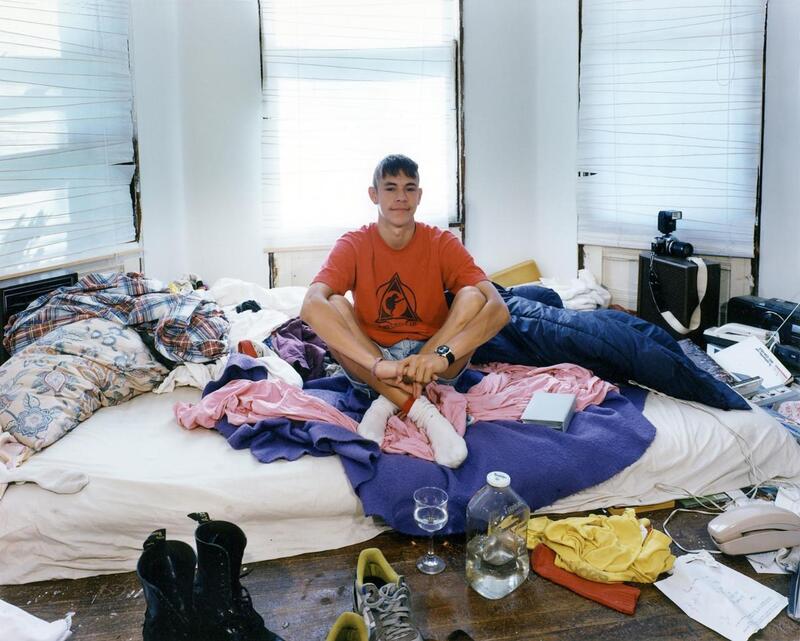
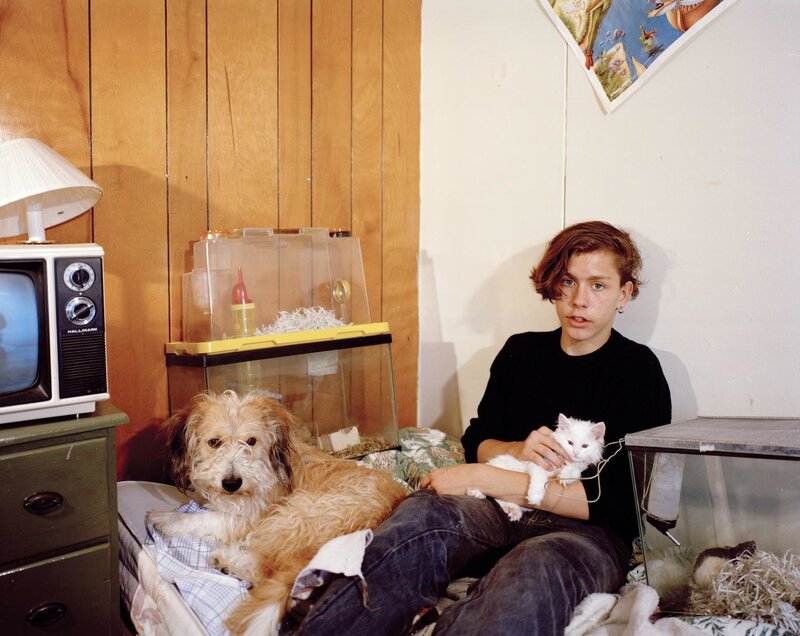
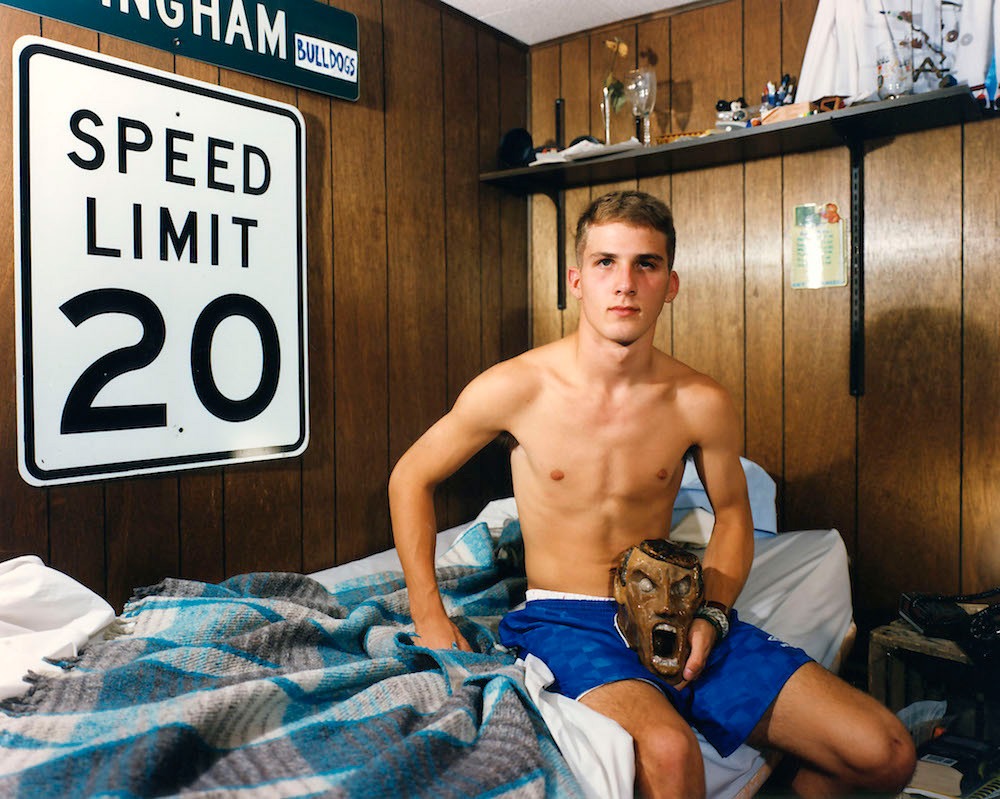


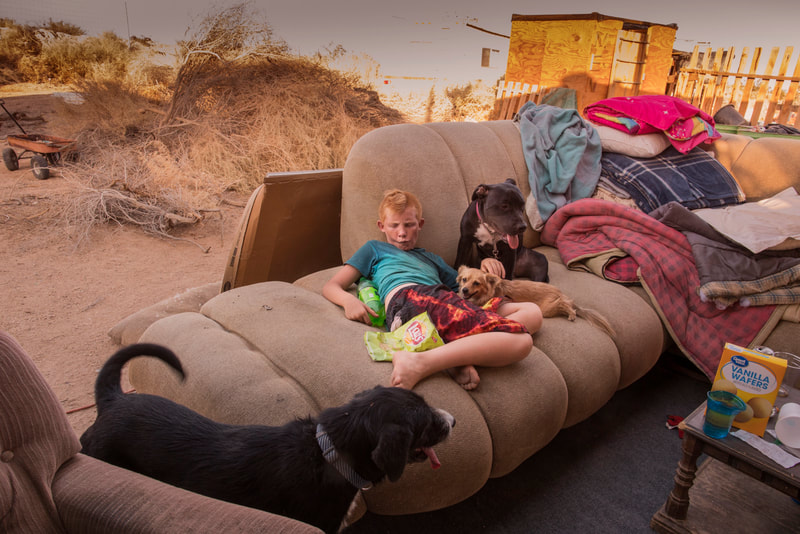

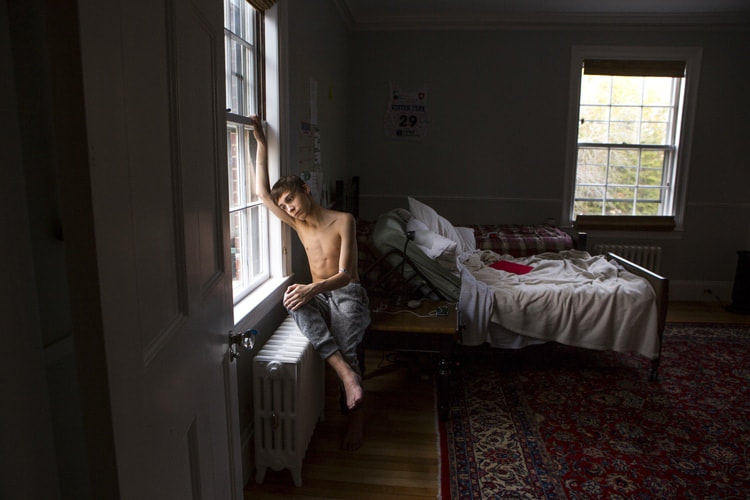
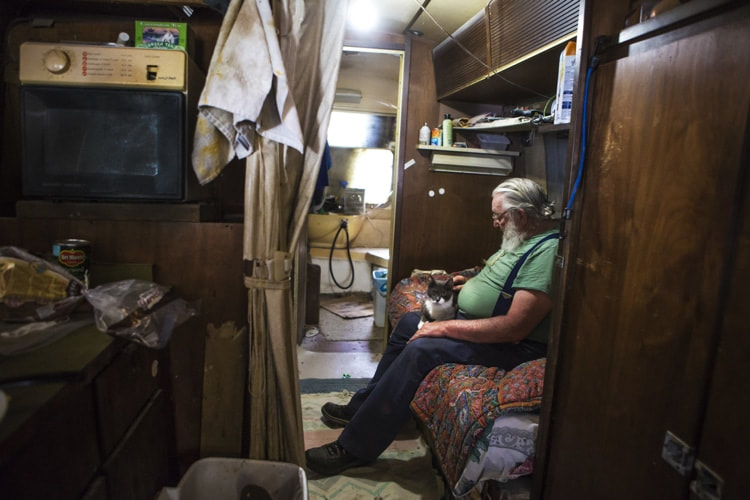
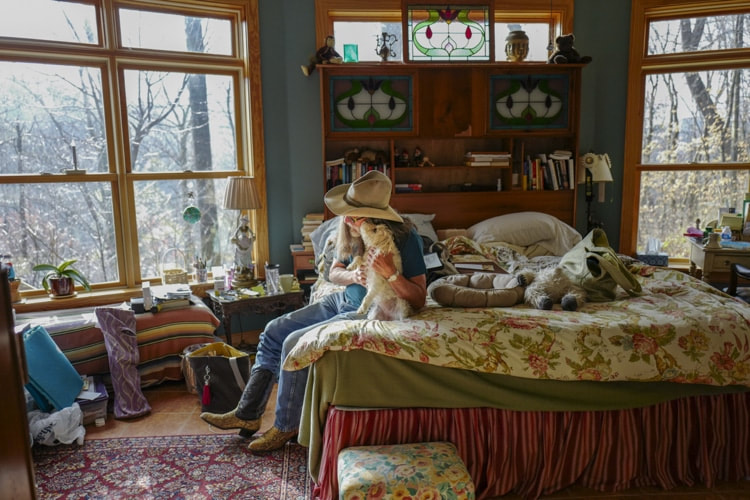
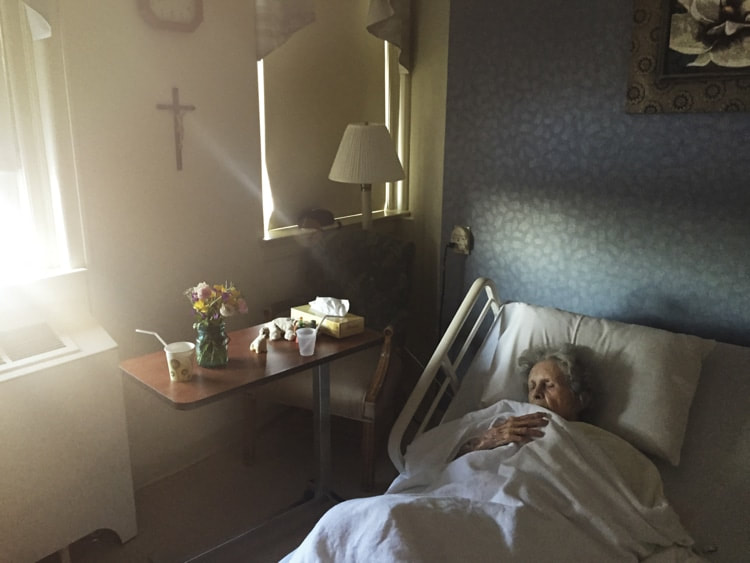
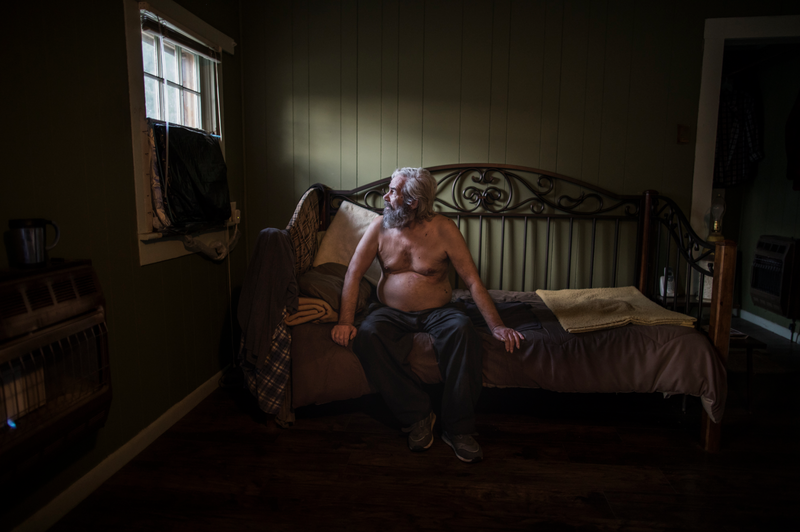
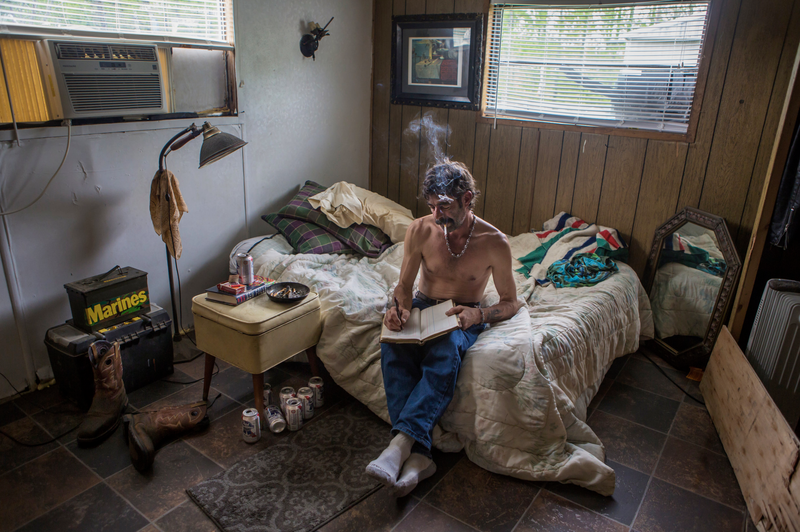
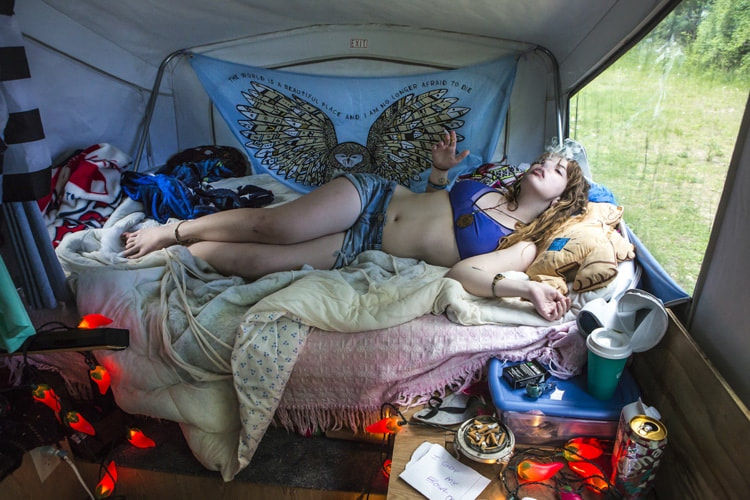
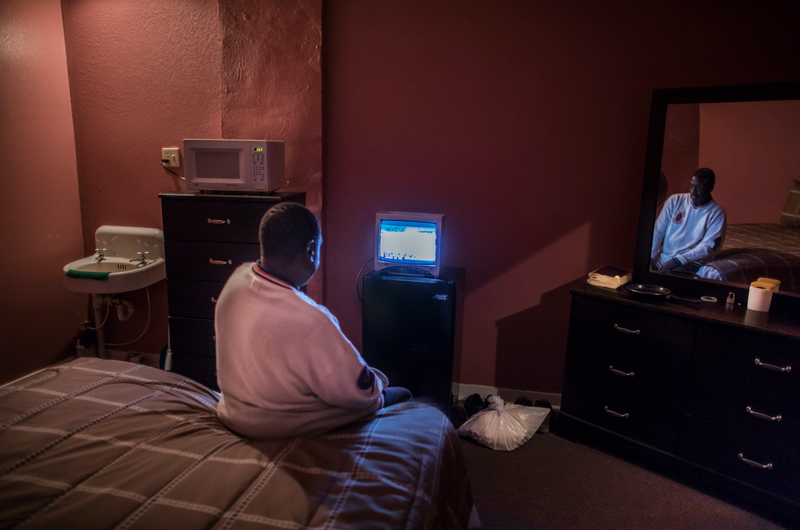
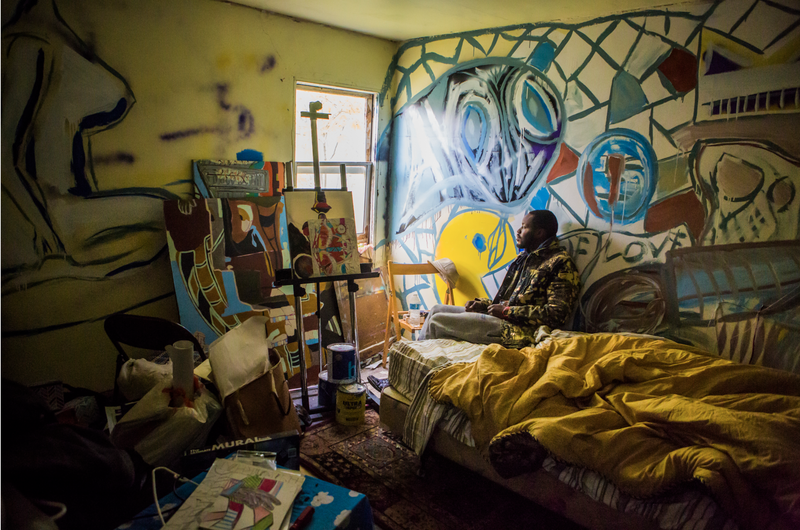
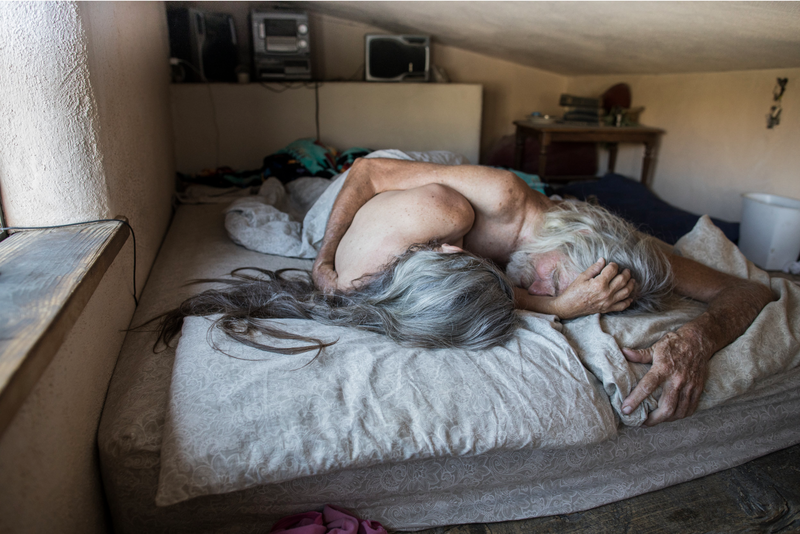
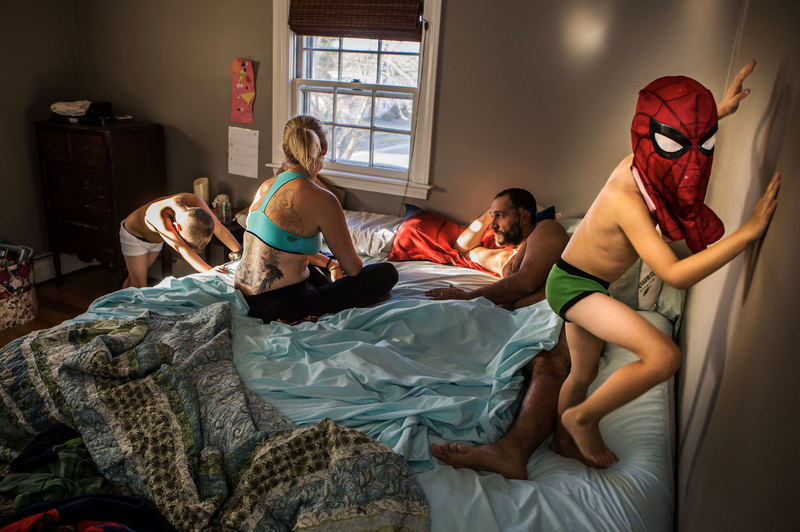
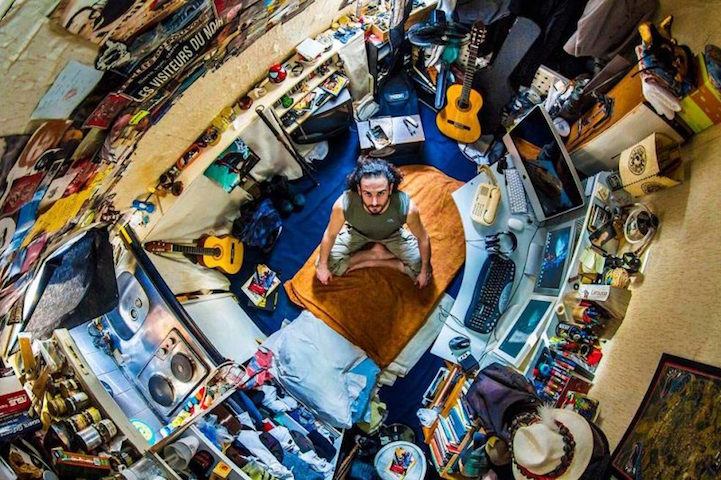
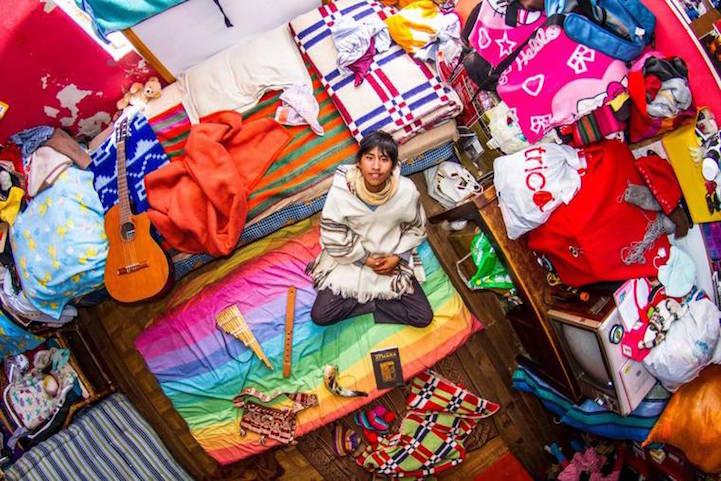
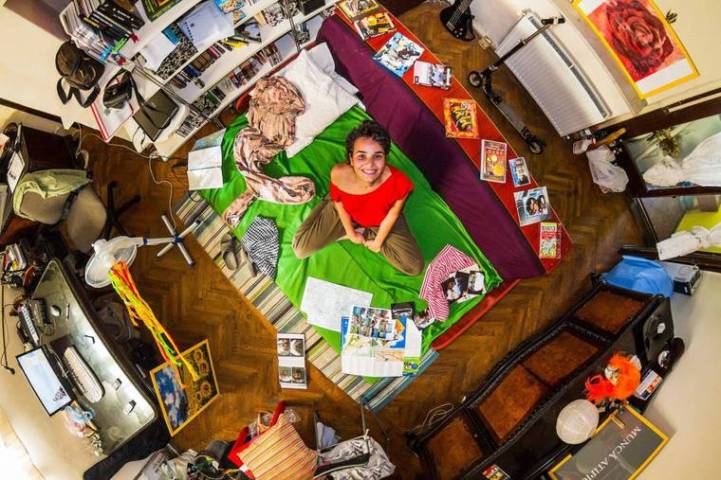


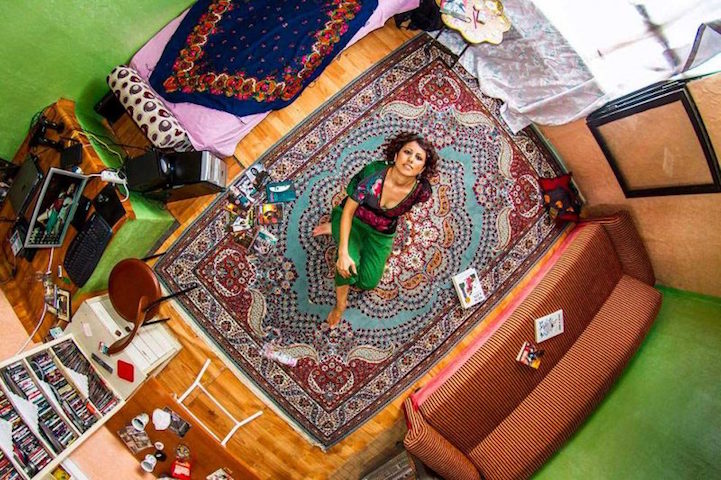


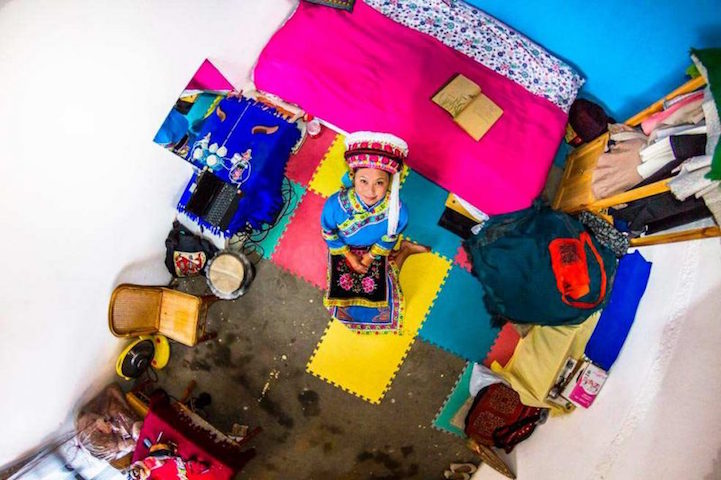

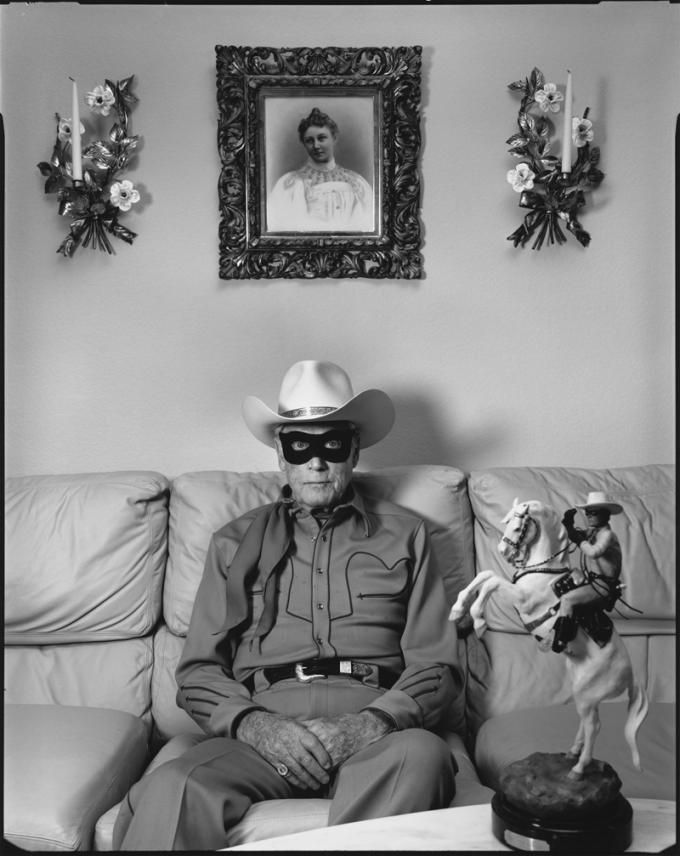
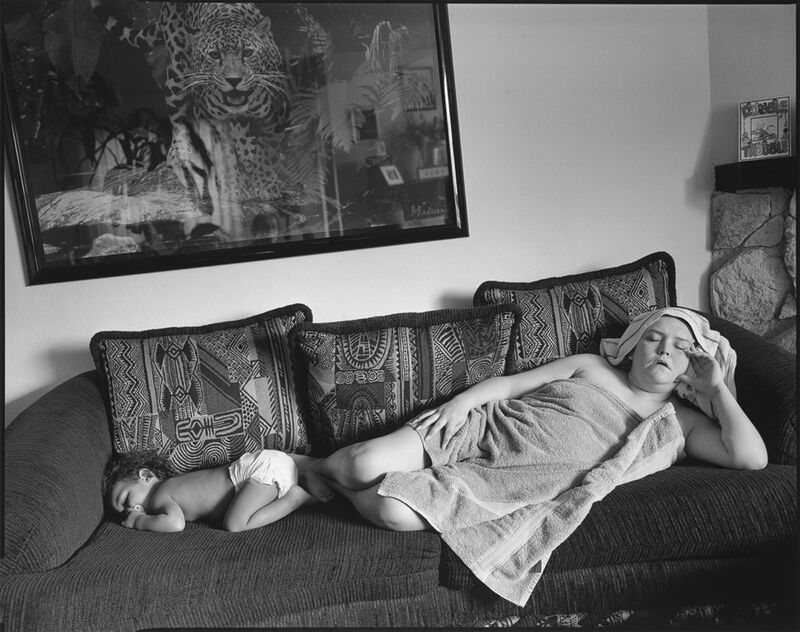
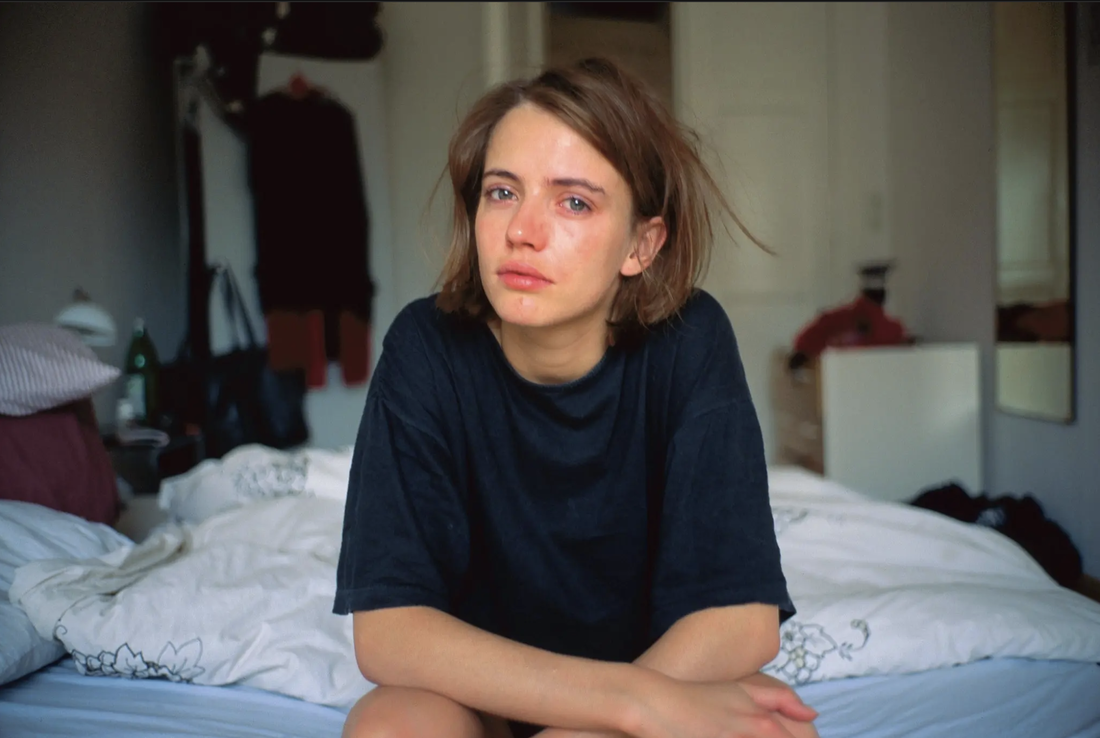
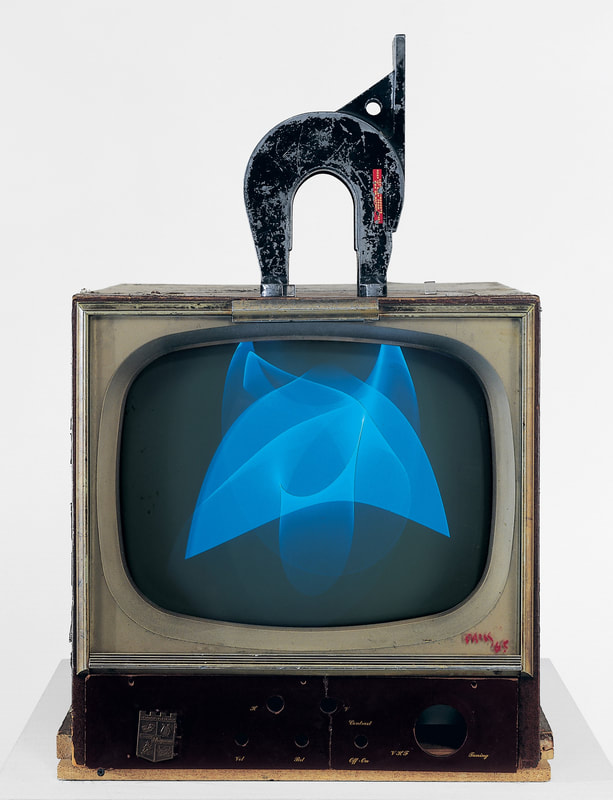
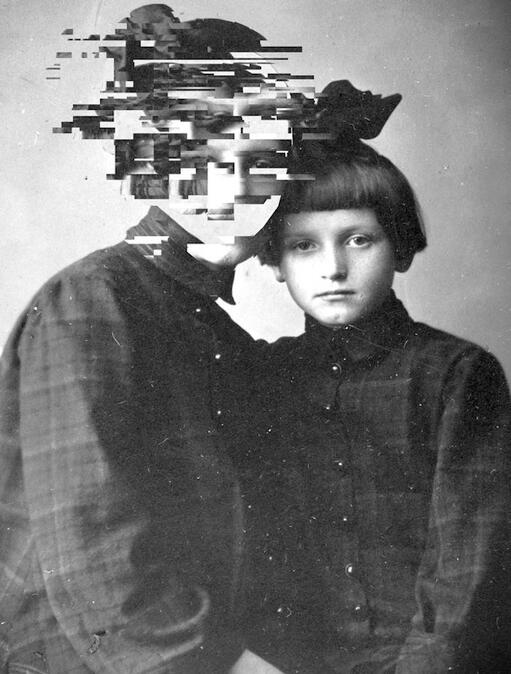
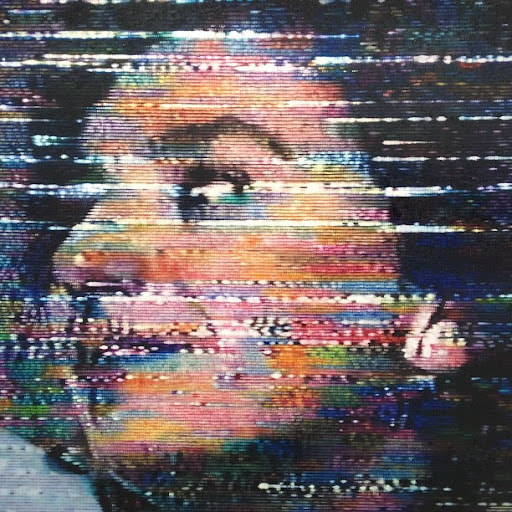

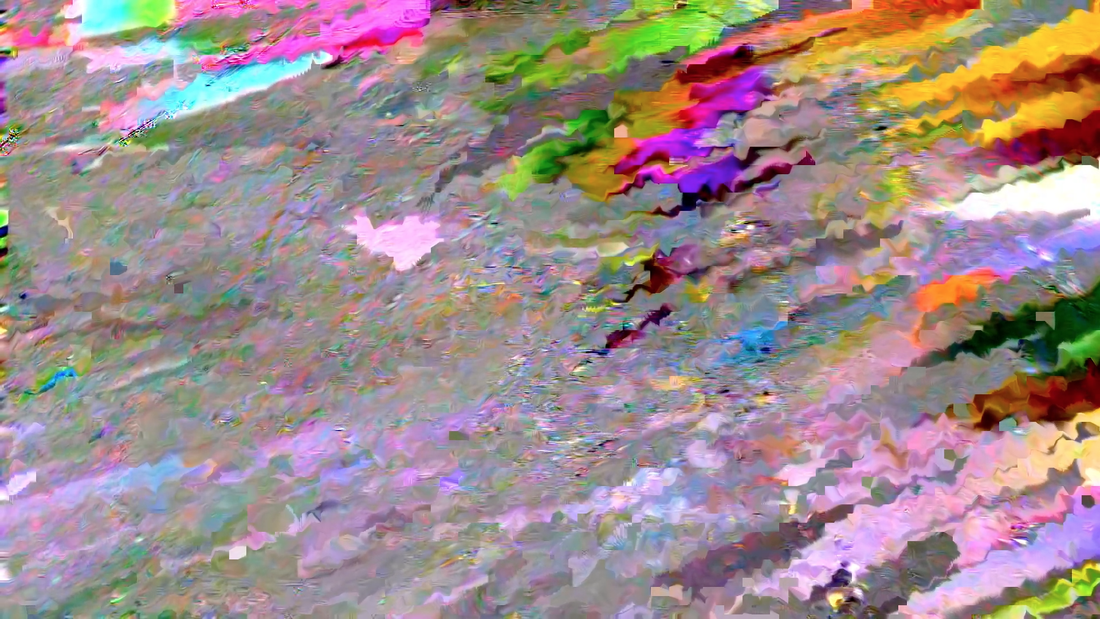
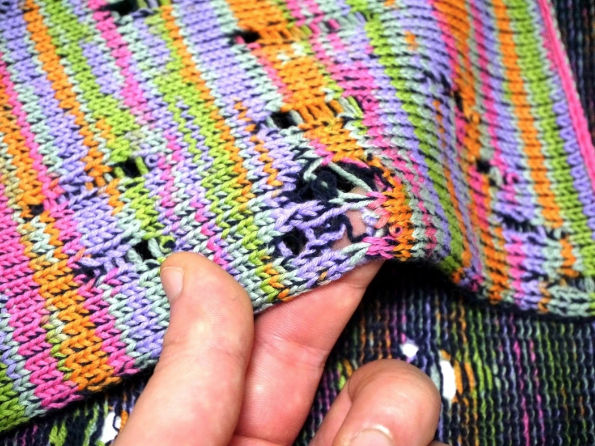
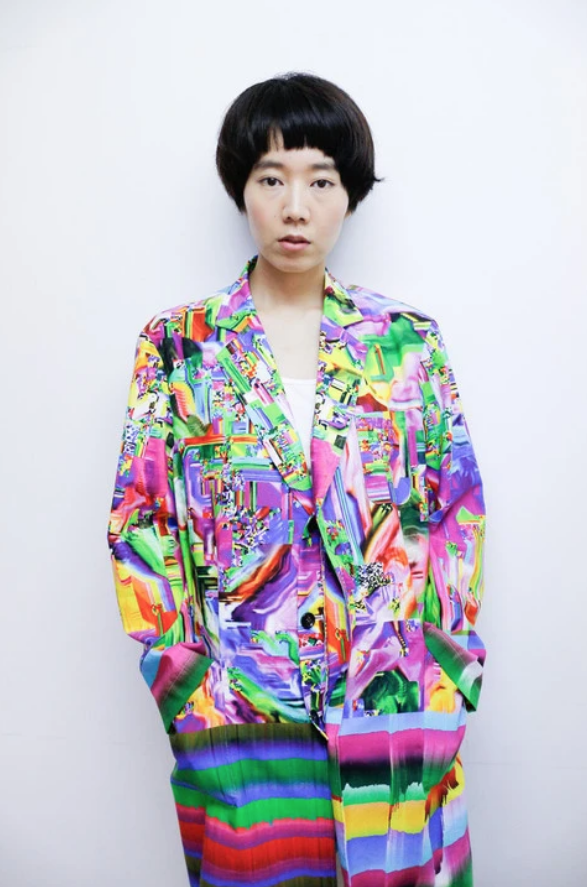
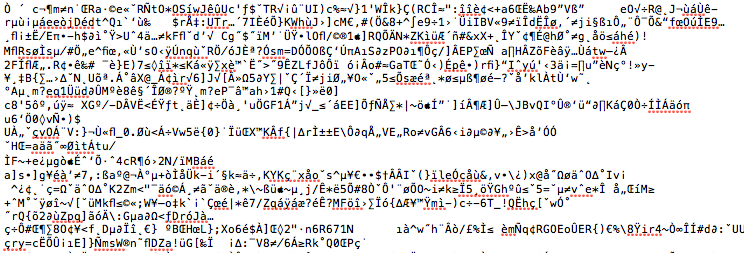
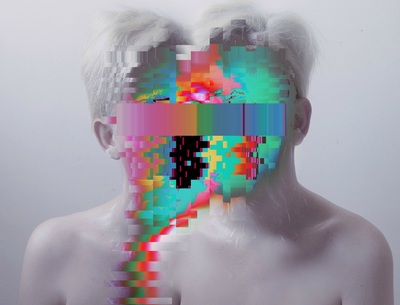

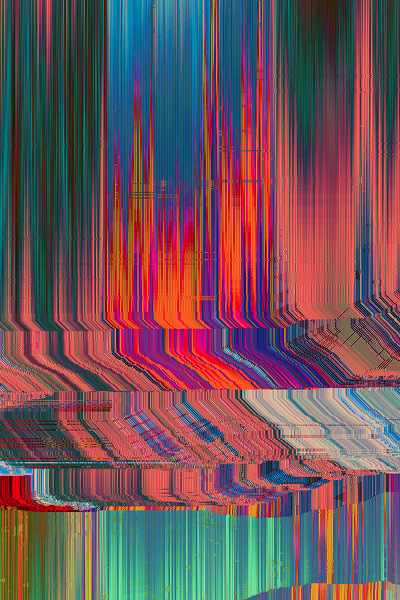
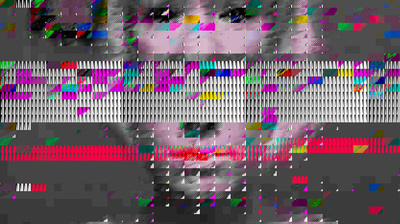
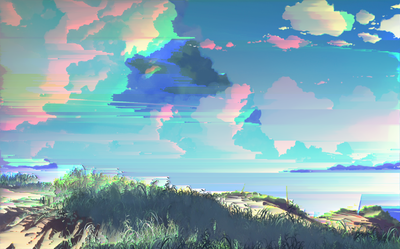
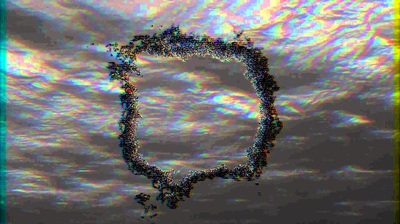


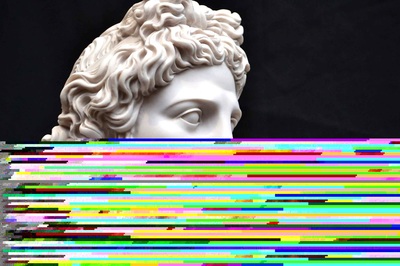

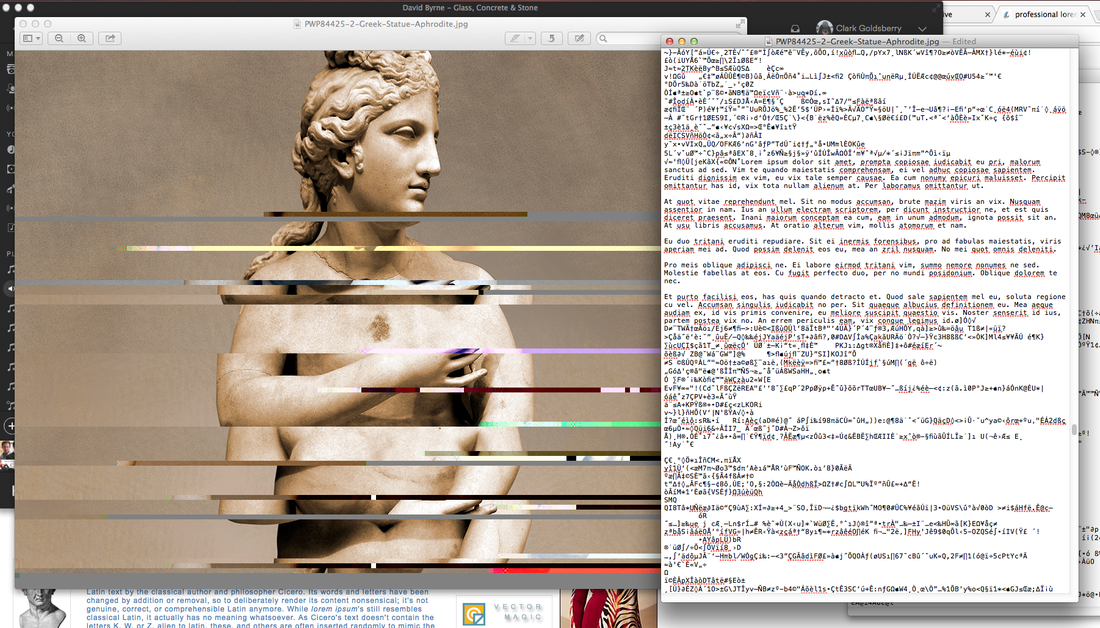
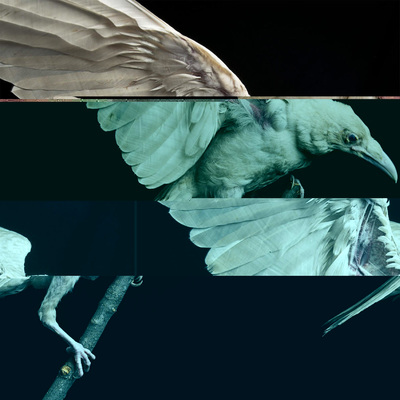
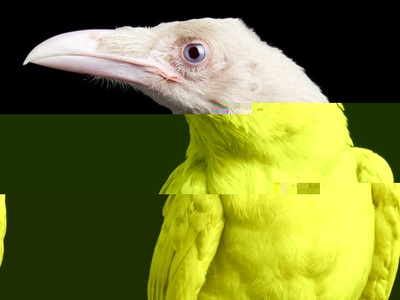
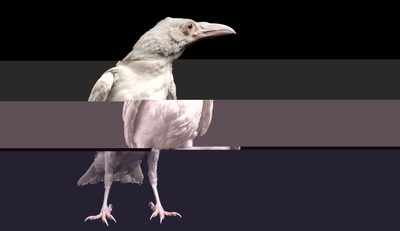
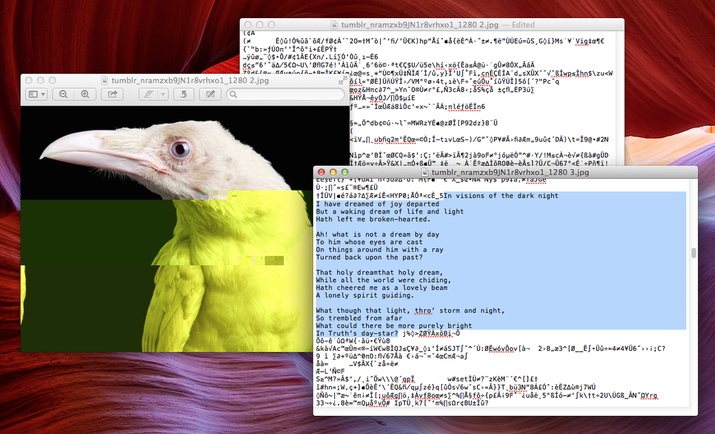
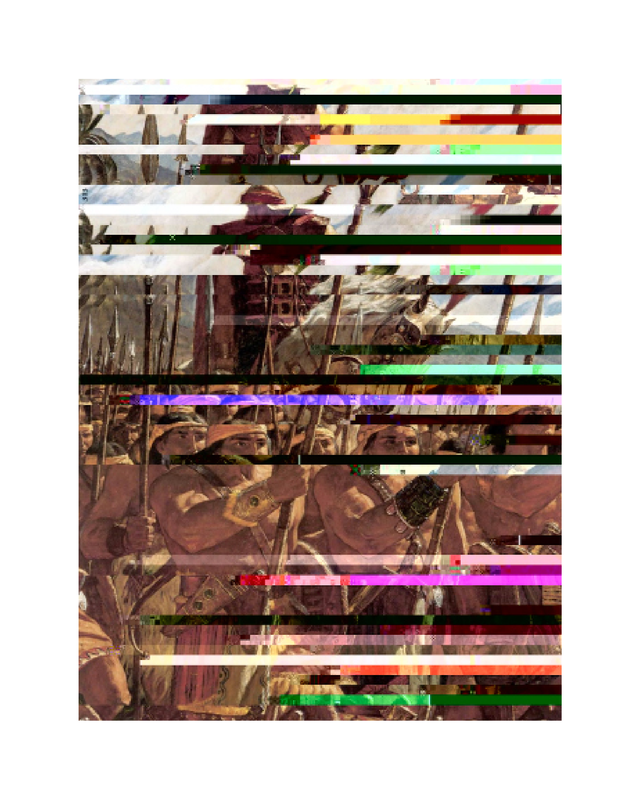
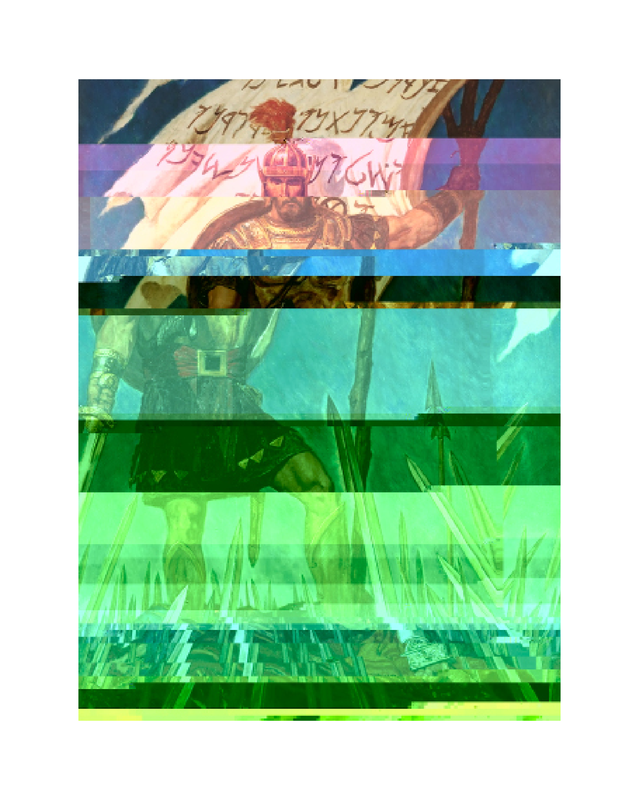
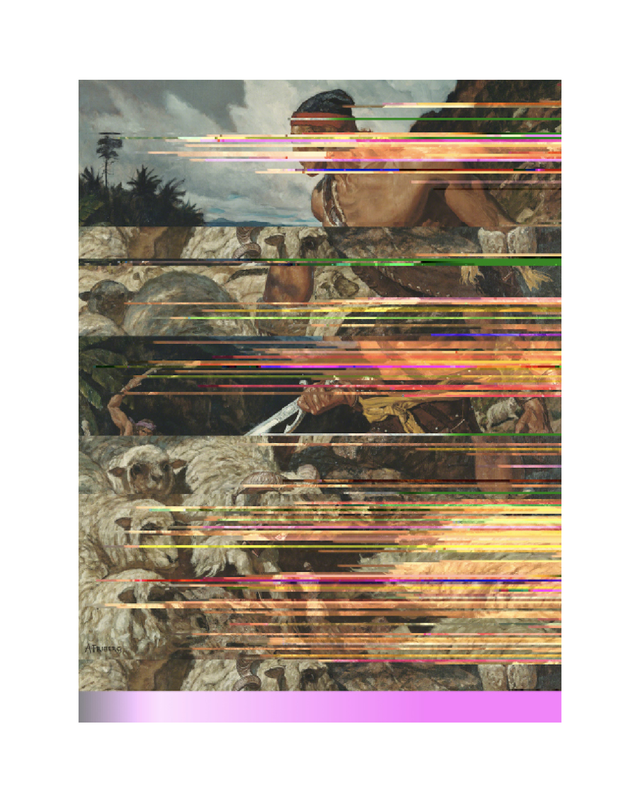
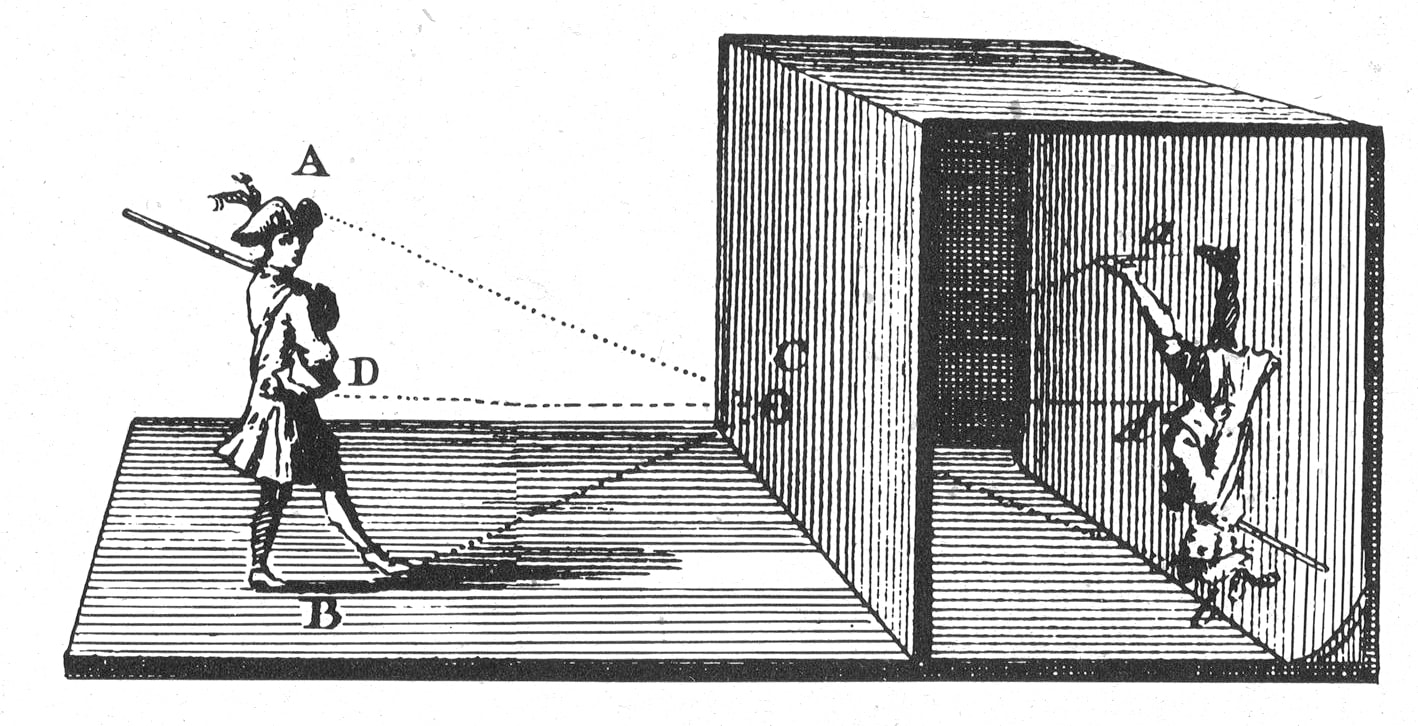

 RSS Feed
RSS Feed
